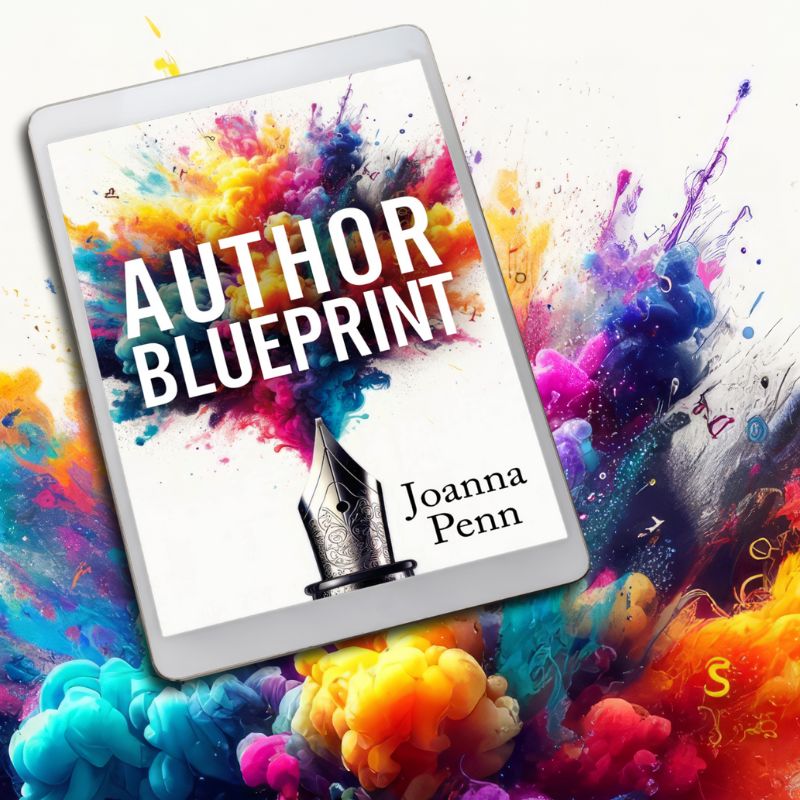In this article, I'll go through the prerequisites BEFORE you self-publish, regardless of format. Along the way, I'll be giving you recommendations for the various tools that I use, although of course you'll develop your own system over time.
 (1) Write a great book!
(1) Write a great book!
You can find articles here about writing fiction and writing non-fiction, but I'm assuming that you've written the best book possible and that you have used a professional editor and/or proofreader to make sure it is the best it can be.
If you need an editor, check out this list of editors & proofreaders for options.
(2) Decide on your definition of success

Essentially, that first book is all about you, the author. And that's fine, all the way up to the point of publication.
But I get emails every day from authors who are disappointed with their sales, even though they haven't considered the reader up to that point. They wrote the book of their heart without considering the customer or the potential market. Sales hadn't been a factor until the book was out.
So if you want to be ‘successful,' then you have to define what that means for you. Here are some possibilities:
• You want to hold your book in your hand
• You want to win a literary prize
• You want your book in your local bookstore so your family can be proud
• You want to make a full-time living with your writing
Over and above just finishing a book, there are two extreme ends of the author success scale.
At one end is E.L. James with Fifty Shades of Grey, who made $95 million in a single year with book deals, movies and all kinds of exciting things. Not many people would say that Fifty Shades is great literature – but readers love the books and it sure is making a living!
At the other end is wanting to win a literary prize where the aim is critical acclaim and prizes as opposed to money. You have to consider these two extremes for yourself: literary success vs. commercial success, literary critical acclaim vs. readers buying your books in mass volume. It's really about considering what's important to you and about how you're going to measure that success.
If you don't decide that in advance, how will you know when you have hit your goal?
 (3) Get a great cover design
(3) Get a great cover design
Book covers and visual images are increasingly important in a crowded digital market.
A professional book cover is critical for publishing, but it's also a key part of your marketing.
Research the bestselling books in your genre and note the common elements of design and imagery. For example, George R. R. Martin's Game of Thrones books have dragons, crowns and swords, so anything with similar imagery is likely to be fantasy or historical fiction.
Non-fiction books have a big focus on text right now, which makes them stand out at thumbnail size on the bookstore sites.

Click here for my tutorial on how to find and work with a book cover designer
You can buy ebook and print covers separately, but you are likely to get a better deal if you get them at the same time. The print cover needs a spine and back cover, whereas the ebook version only needs a front cover.
The ebook cover should also be optimized for the thumbnail size image that is displayed on the retail stores, but you can always add extra text on the print cover if that is important to you.
One of the benefits of being an indie author is that you can always replace the cover, so it's not a disaster if you end up changing it later. If you want to revamp things or re-launch, then changing covers is one of the best ways you can do this. Traditional publishers do this all the time, and I've changed my own covers and even titles.
Never be afraid to redo your covers if you think that it will help sell the book better.
But don't make your own book covers unless you are a book cover designer.
There are specific skills around image design, so check out this list: www.TheCreativePenn.com/bookcoverdesign to find someone suitable or ask other indie authors who they use. If you really don't have the budget, then check out the covers on Canva.com.
 (4) Write your sales description
(4) Write your sales description
It's hard to write a book, but sometimes it's harder to distill that book into a couple of paragraphs for the sales description and back cover of your book. However, you do need to do it.
Think about your own behavior as a reader.
This description is crucial, as it can make the difference between someone downloading a sample, buying your book or just ignoring it. Again, you don't need to panic, as one of the great things about being an indie is being able to change things and you can update your sales description over time.
A great way to start is to model successful books in your genre. Go to the bestseller lists in your category and copy out the top 10 blurbs from those books. By actually copying them out you will quickly grasp the ‘formula' of the genre, whether it is crime fiction, entrepreneurship or children's books. Of course, I'm talking about modeling here, not plagiarism!
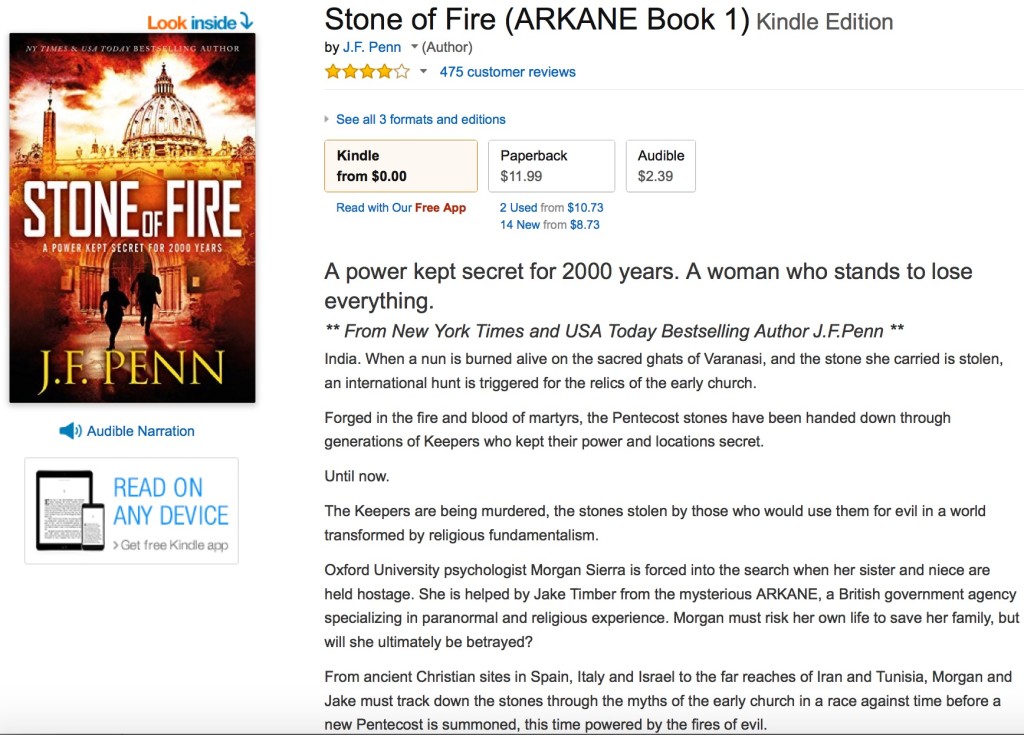
For non-fiction, focus on solving the problem that the reader has and hook them in to wanting your information. You can also go into the detail of your table of contents if that will help, plus information about your expertise and your own story, so it's clear that you're an authority in this topic.
You can include review quotes from other authors or media and an interview with the author.

• Gotta Read It! by Libbie Hawker
• How to Write Fiction Sales Copy by Dean Wesley Smith
• This interview on How to Write Your Book Sales Description with Bryan Cohen which includes fiction and non-fiction
You will need to copy and paste your book description into the self-publishing platforms later on. You can use plain text or formatted HTML.
I use a formatting tool from Author Marketing Club which enables me to display the headline at a different font size and use italics, spacing and bullet points.
(5) Decide on your categories and keywords
Metadata is the information that the book sales sites use to categorize your book, and they use it in the algorithms that help with book recommendations. It's super-important for making sure that readers can find your book and includes:
• Title and sub-title
• Series title
• Sales description
• Categories
• Keywords
As ‘big data' becomes more prevalent in our society, it's likely that even the text of your book will eventually be used as metadata. Again, being indie is an advantage, as we can change these fields over time and react to changes in the market. Categories and keywords in particular are important in terms of your book being discovered.
Categories are used on all platforms and you can choose between two and five in general. The aim is to be granular enough that your book can stand out but not so deep down the hierarchy that no one shops there.
For example, there's absolutely no point in putting your work in Fiction/General, as people just won't be able to find it. Readers tend to shop in sub-categories, so this is where you need to put your book.
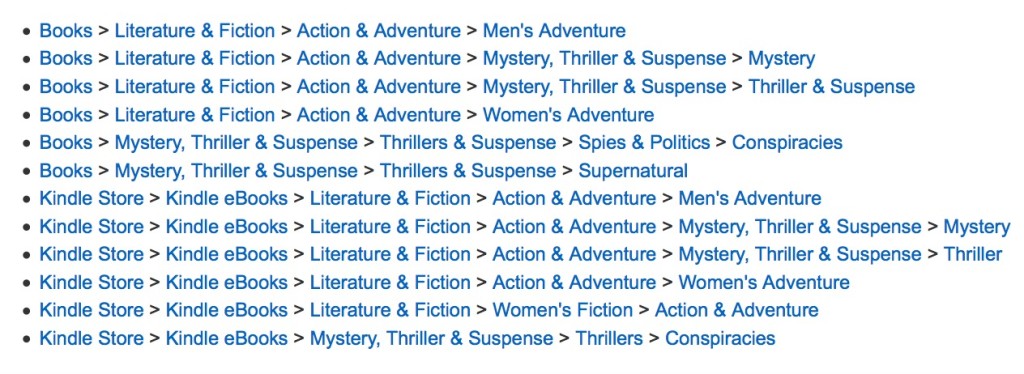
You can also get into more categories by using ‘browse categories' through keywords on Amazon. For example, I use Conspiracy Thriller as a keyword, as it gets me into the Conspiracy Thriller category on Amazon.
Click here for a webinar replay on choosing Amazon categories with Alex from K-lytics
Keywords, or keyword phrases, are a separate metadata field on the publishing platforms, and you can usually select seven.
How do you decide on those keywords?

The principle is the same for fiction and non-fiction, but for non-fiction it's even better because you can title your book to match the keywords that people search for. So, originally my first book was called How To Love Your Job or Find a New One.
After discovering keywords, I changed my book title to Career Change and the book began to sell more, since people were actually searching for ‘career change' on Amazon, whereas they weren't searching for the original title.
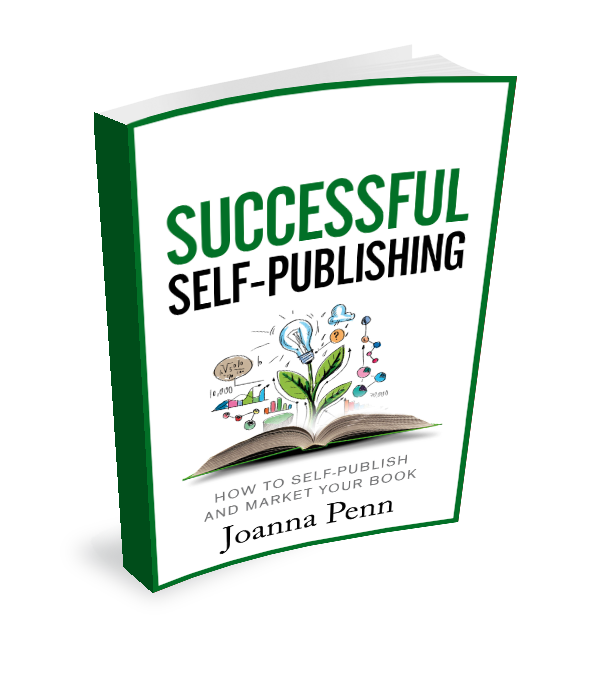
For more help, check out this interview with Nick Stephenson on categories and keywords, and also check out his free video series on finding Your First 10,000 Readers here.
Click here for more articles on publishing including traditional publishing vs self-publishing and how to self-publish a print book, audiobook and more.
You can also get the ebook, Successful Self-Publishing for free on all ebook stores and it's also available in print.
 (1) Write a great book!
(1) Write a great book!
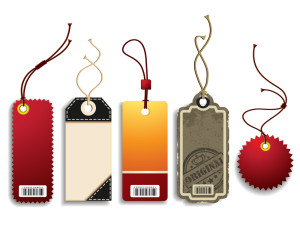 (4) Write your sales description
(4) Write your sales description